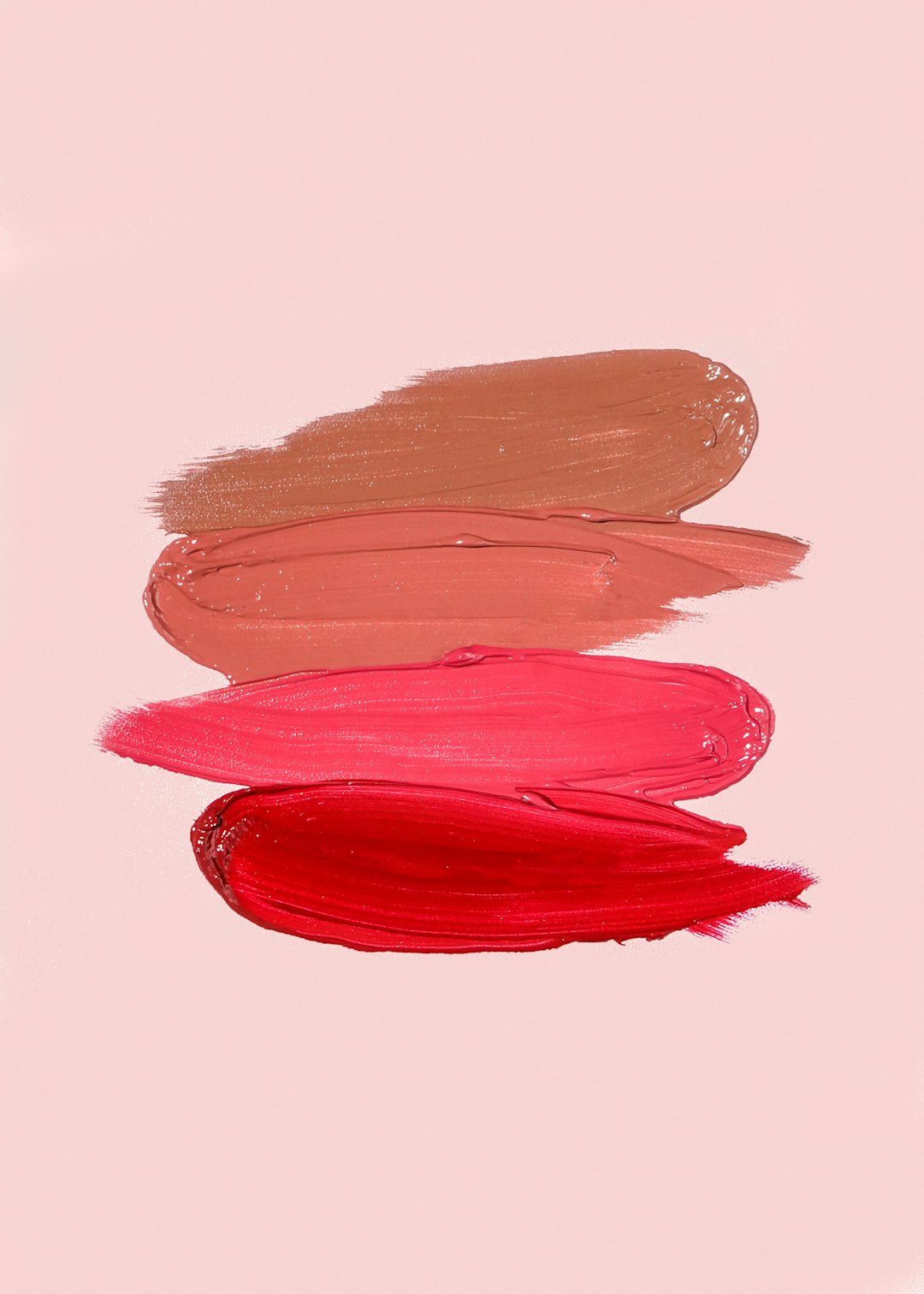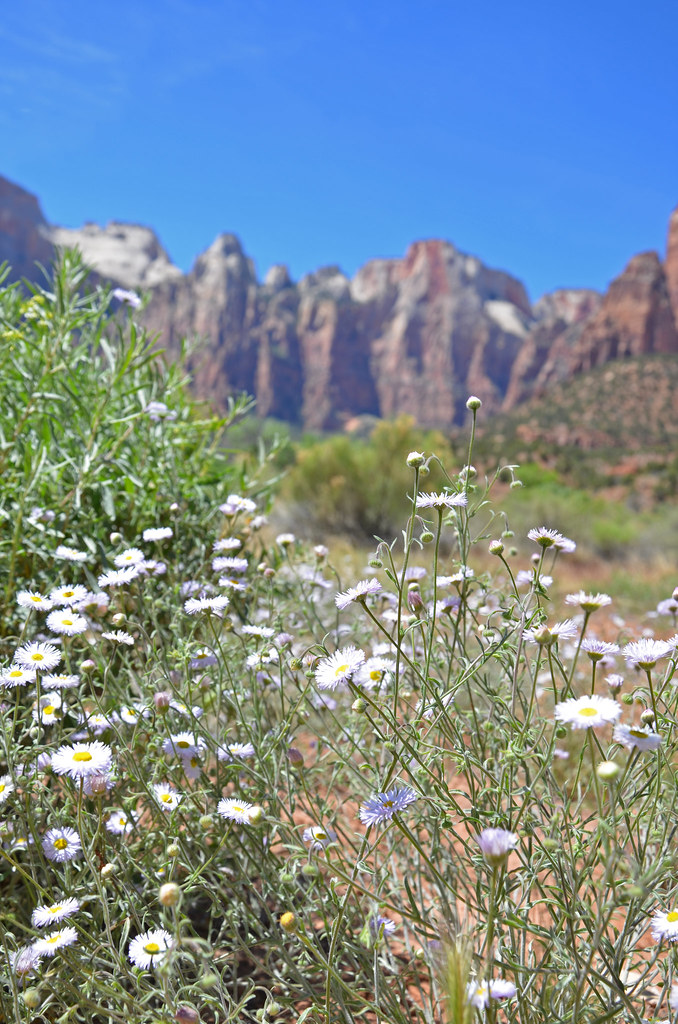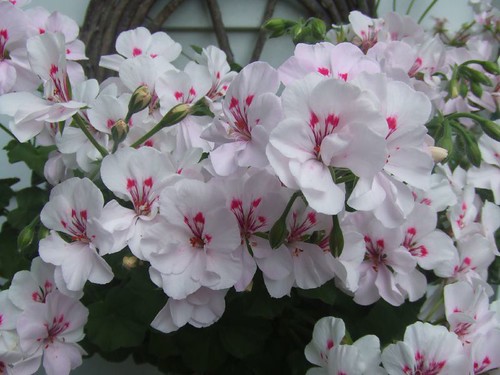Protecting Artists from AI Mimicry: Introducing Glaze
The advent of artificial intelligence has brought about significant transformations in various sectors, including the art world. While AI offers innovative tools for artists to expand their creative horizons, it also poses challenges, especially when it comes to protecting original artwork from unauthorized replication and mimicry. In response to these concerns, scientists have developed a groundbreaking tool known as Glaze.

What is Glaze?
Glaze is a sophisticated platform designed to protect artists from AI-driven mimicry. Developed by a team at the University of Chicago, Glaze deploys advanced algorithms to shield artworks from being imitated by AI, thereby preserving the uniqueness of each piece. For a detailed explanation of how Glaze works, you can explore more here.

The Impact of Glaze on the Art Community
Glaze represents a major advancement in protecting artists’ intellectual property. By utilizing this tool, artists can confidently share their work online without fear of it being unlawfully copied or altered by artificial intelligence technologies. For more insights into the development and importance of Glaze, the University of Chicago shares a comprehensive overview of the project.

Explore More About Glaze
For those interested in learning more about Glaze’s capabilities and its applications, the official Glaze site provides an extensive range of resources and updates. Dive into the official Glaze platform to understand its features and explore how it can safeguard artistic endeavors.

Participating in Cultural Arts
Besides tools like Glaze that shield against digital mimicry, engaging actively with local arts communities can further empower artists. Manhattan Beach, for instance, offers various cultural arts programs to inspire creativity within a supportive environment. Artists looking to connect with such programs can find detailed information through the Manhattan Beach’s Cultural Arts program page.

Stay Updated
For more insights and updates within the art and technology sectors, including recent advancements and articles, visit our recent articles section, which provides a wide range of information beneficial to artists and tech enthusiasts alike.
Watch a Glaze Trailing Demo by Gina Mock
Glaze trailing, a captivating phenomenon in ceramic art, occurs when the glaze layers move during the firing process, creating unique trails and patterns on pottery surfaces. To see this enchanting effect in action, check out Gina Mock’s demonstration where she uses a ball syringe to expertly trail glaze on her pieces, bringing intricate designs to life.
What is glaze trailing in ceramics?
Glaze trailing is an exciting decorative technique that uses a slip trailer, ear syringe, or a similar applicator to layer two contrasting glazes onto pottery. While it’s closely related to slip trailing, glaze trailing stands out by creating bold, eye-catching designs through the interplay of different colors and textures. This method adds a personal touch to your ceramic pieces and is loved by both beginners and seasoned potters looking to explore new design possibilities.
How to stop glaze from settling?
Keeping your glaze mixture suspended is crucial for smooth, even coverage. A few drops of sodium silicate can deflocculate your mixture, allowing you to use less water and maintain a workable consistency. Adding a small amount of Epsom salts also helps stabilize the glaze, preventing that rock-hard layer from forming at the bottom of the bucket. These simple adjustments help ensure your glazes stay ready for easy application.
What is a common mistake when applying glaze?
One typical issue is using a glaze that doesn’t properly fit the clay body, leading to faults like crazing, cracking, and shivering. It’s important to learn how to fine-tune glaze recipes or firing schedules to achieve a good fit. Problems such as pinholes and blisters can also occur when work is under-fired or over-fired. By monitoring your firing temperature and adjusting your glaze formula, you can avoid these pitfalls for beautifully finished results.
Glaze trailing truly highlights the magical moments in ceramic art where unpredictability meets creativity. Watching those subtle movements during firing transform a simple glaze into intricate patterns is nothing short of mesmerizing. Each piece becomes a unique story, showcasing the delicate balance and artistry that goes into every creation.
Stay Connected and Keep Creating
If you enjoyed exploring glaze trailing with me, let’s stay in touch! Follow me on Instagram for more ceramic tips, inspiration, and to share your own beautiful creations. Together, we can continue to celebrate and inspire each other in the wonderful world of ceramics.
